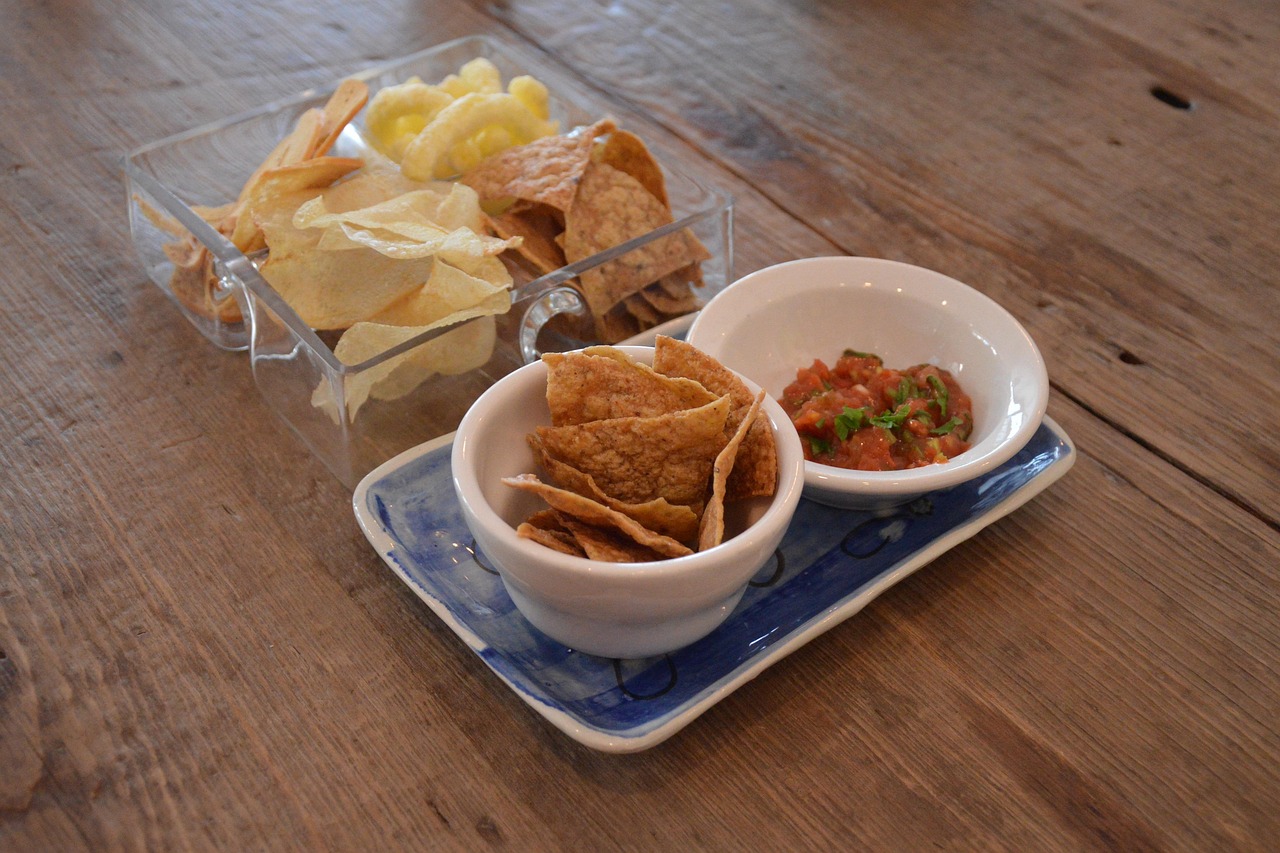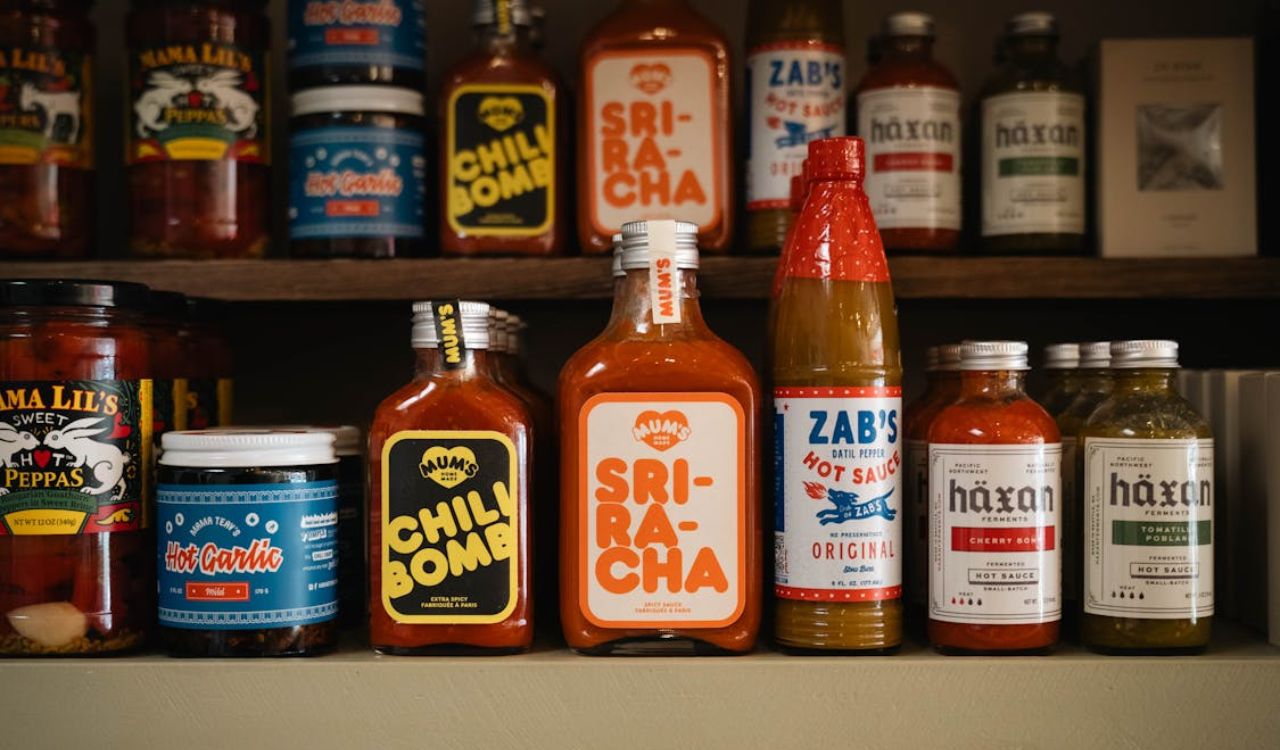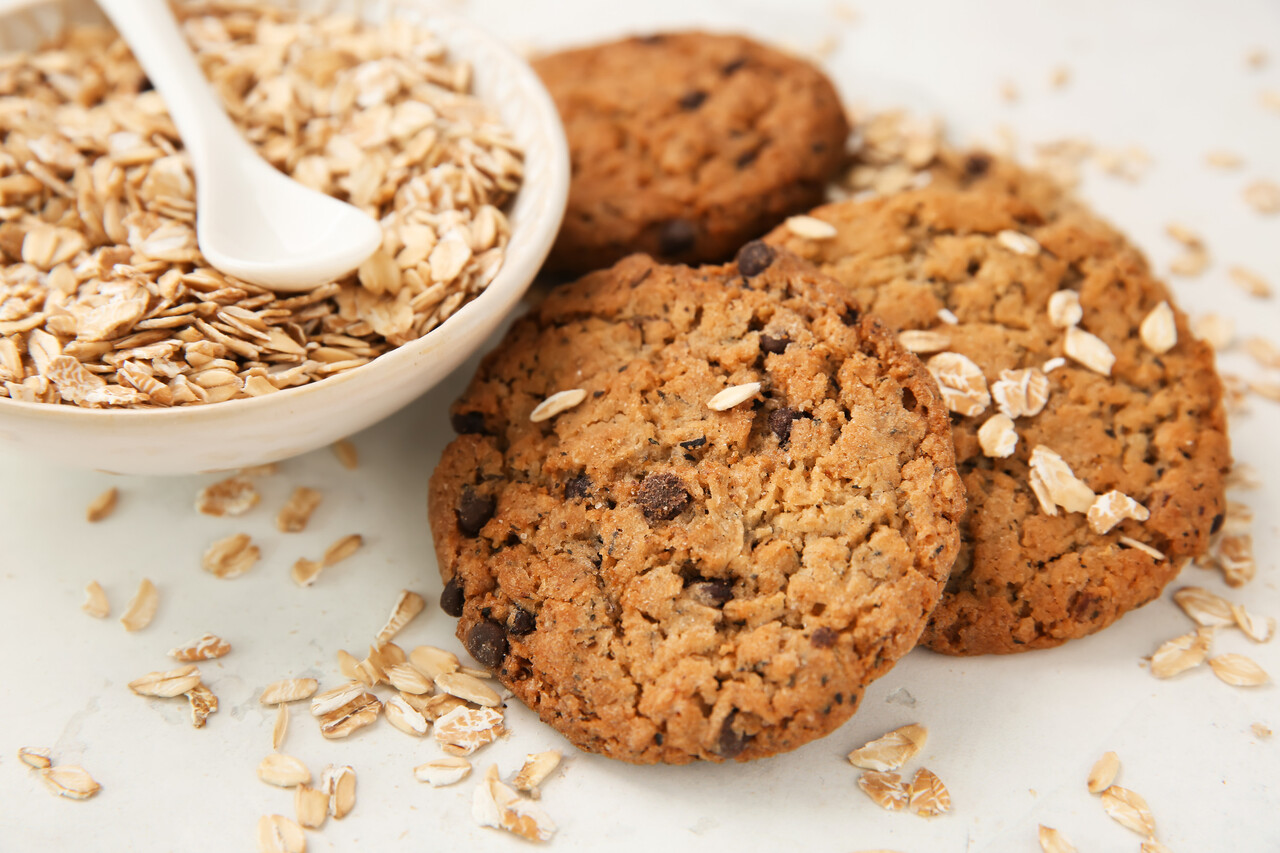13 “All‑American” Foods And Drinks That Aren’t Actually American
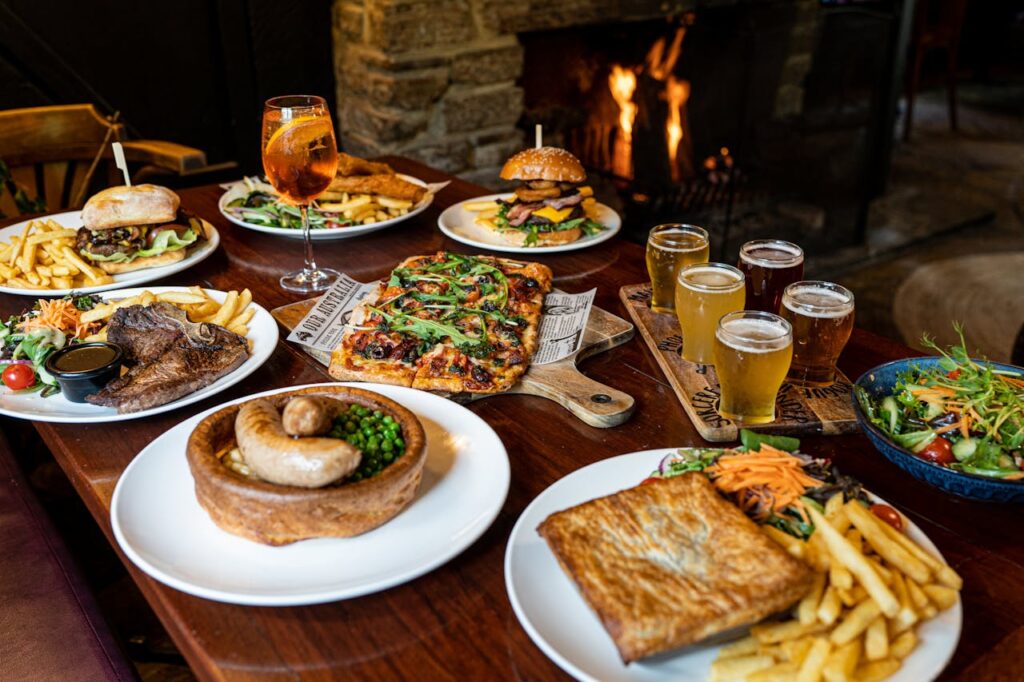
Food often feels like a country’s identity, and nowhere is that truer than in America, where certain dishes carry deep nostalgia and patriotism. But peek behind the scenes of many iconic “American” foods and drinks, and you’ll find roots far from U.S. soil. Immigrants brought recipes and cooking methods, blending them with local ingredients to create a menu that’s uniquely American today. This history doesn’t diminish these dishes; instead, it highlights the rich culinary tapestry America represents. From ballpark staples to diner classics, many beloved foods carry passports from elsewhere. Here are 13 “All-American” foods and drinks that owe their origins to other parts of the world.
1. Apple Pie

Apple pie is a symbol of Americana, but it began in Europe, with recipes common in England and the Netherlands centuries before colonists carried them overseas. Even apples themselves were introduced by Europeans; native crabapples were too sour for pies. The phrase “as American as apple pie” only became popular in the 20th century, boosted by wartime patriotism and the media. What makes it truly American is the cultural symbolism it gained, not the recipe itself.
2. Hot Dogs
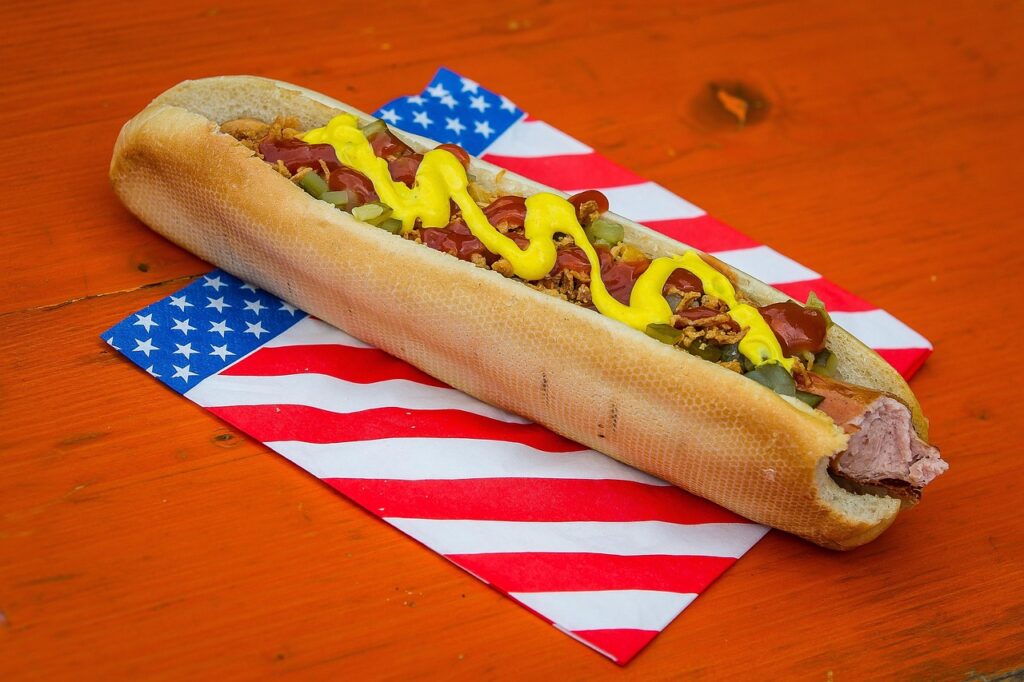
Hot dogs are summer cookout essentials and baseball game must-haves, yet their story started in Germany. The frankfurter and wiener sausages were well-known street foods in Europe long before their arrival in America. German immigrants brought their sausages and the concept of serving them in buns for easy eating in the 1800s. Vendors selling hot dogs at fairs and ballparks quickly cemented their place in American food culture. Regional topping variations abound, but the hot dog’s DNA today remains European, showing how immigrant foods blend seamlessly into American identity.
3. Hamburgers
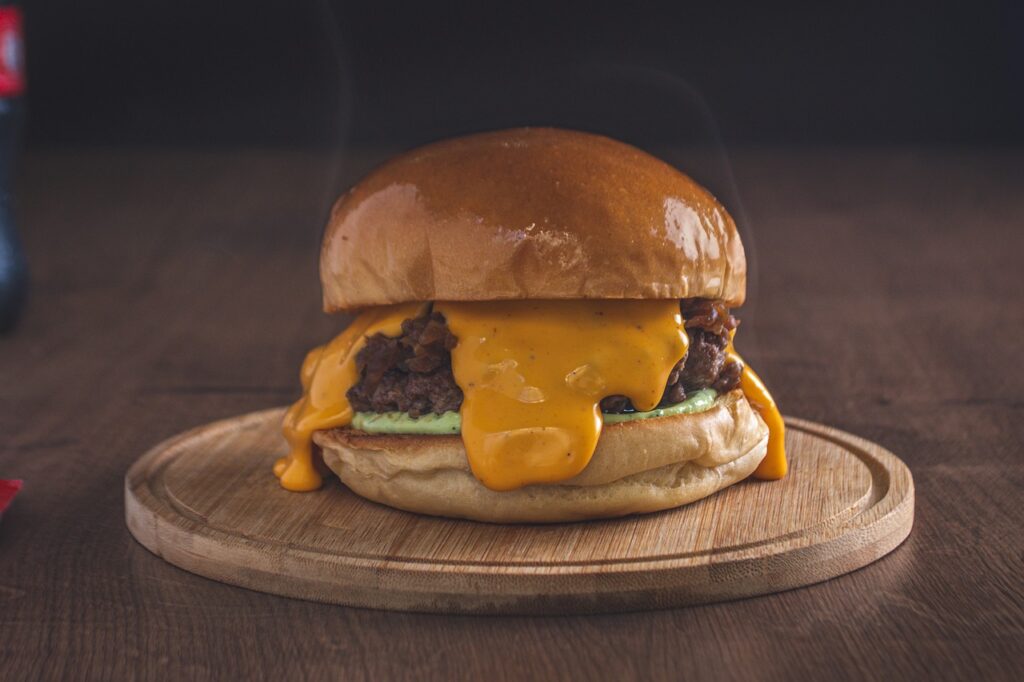
Hamburg’s port city lent its name to “Hamburg steak,” minced beef often seasoned and served raw or lightly cooked. German immigrants brought the idea to the U.S. in the 19th century. Here, the innovation came when cooks put the patty between bread, creating the hamburger sandwich. That small transformation turned a European dish into a global fast‑food icon, with America firmly claiming ownership of its reinvention.
4. French Fries
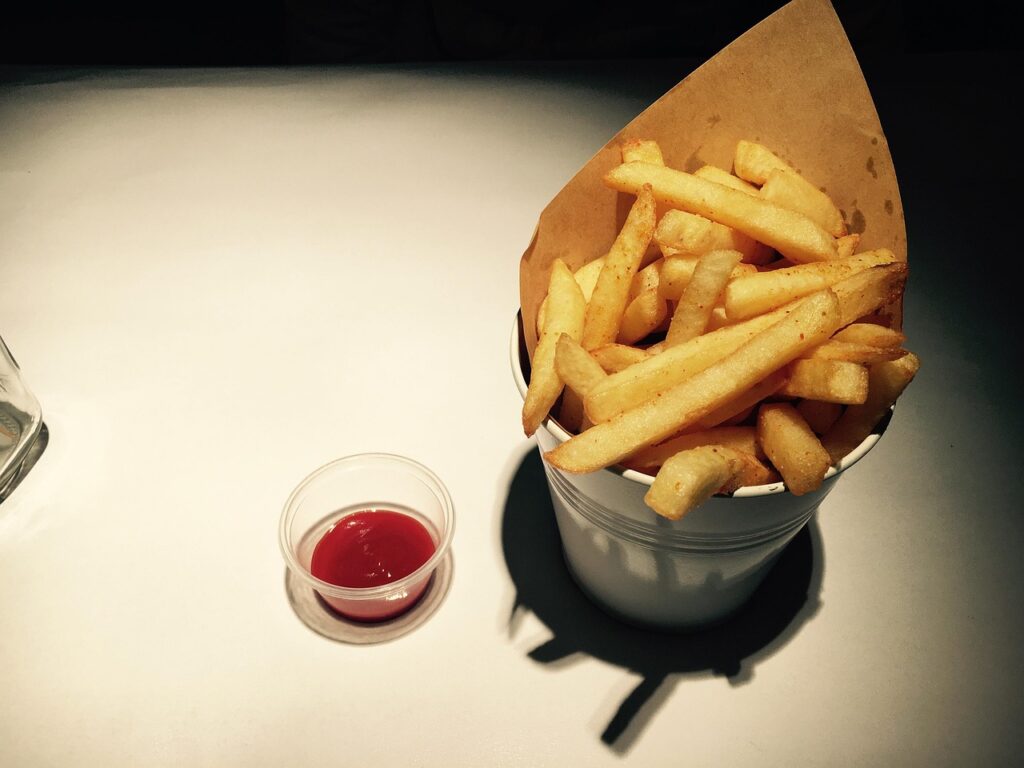
Though called “French” fries in America, their origins are debated between Belgium and France, both of which fried thin potato strips by the 17th–18th centuries. They became especially beloved in Belgium. American troops stationed in Europe during World War I brought home a taste for them, and by the mid‑20th century, they were inseparable from burgers, diners, and drive‑ins. Today, while the frying lineage is European, fries are a cornerstone of U.S. fast‑food culture.
5. Pizza
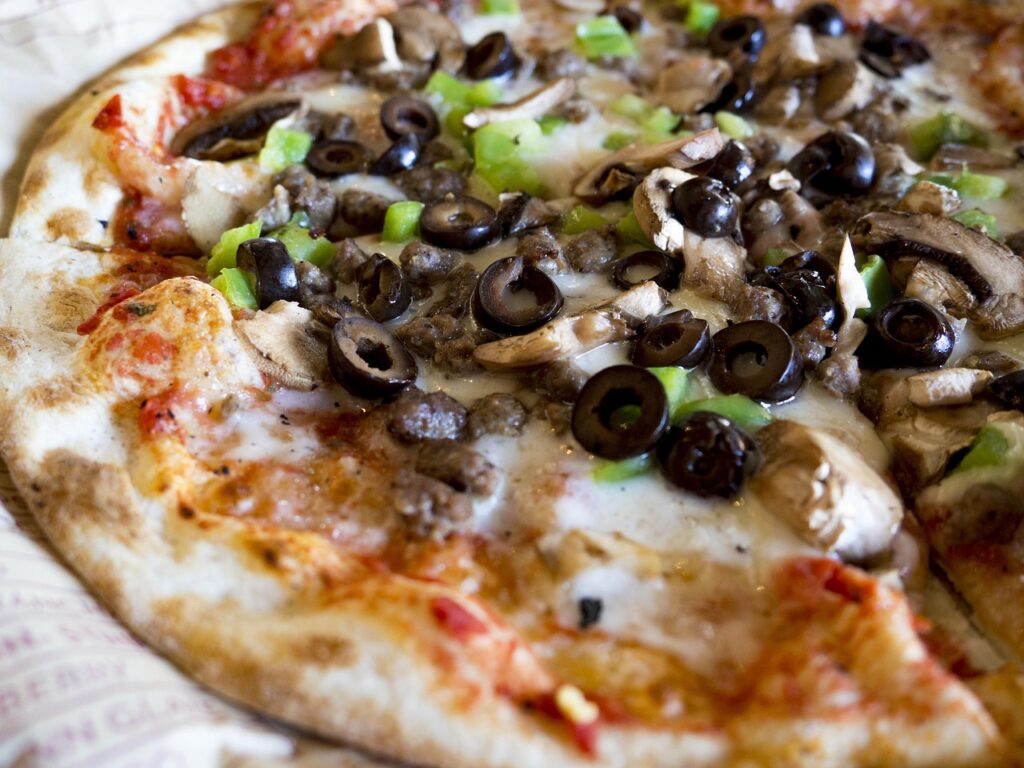
Few foods scream American late night or family meals quite like pizza, yet its birth was in Naples, Italy. Neapolitan pizza began as simple flatbreads topped with tomato, cheese, and herbs, favored by working-class Italians in the 1700s. Italian immigrants introduced pizza to the U.S. in the late 19th century, but its widespread popularity bloomed post-World War II when veterans returned craving it. America transformed pizza with styles like New York thin crust and Chicago deep dish-made it familiar but also new. The roots are Italian; the branches distinctly American.
6. Doughnuts

Doughnuts may feel quintessentially American today, but their origin is tied to Dutch settlers who brought “olykoeks,” or oily cakes, to the colonies. The ring shape and central hole were later innovations aimed at even frying. America embraced and evolved the doughnut, adding sugar coatings, fillings, and fancy frostings. Coffeeshops and chains like Dunkin’ built the doughnut into a national phenomenon. It’s a great example of immigrant baking styles becoming an American must-have, transforming from simple fried dough to cultural icon.
7. Macaroni and Cheese
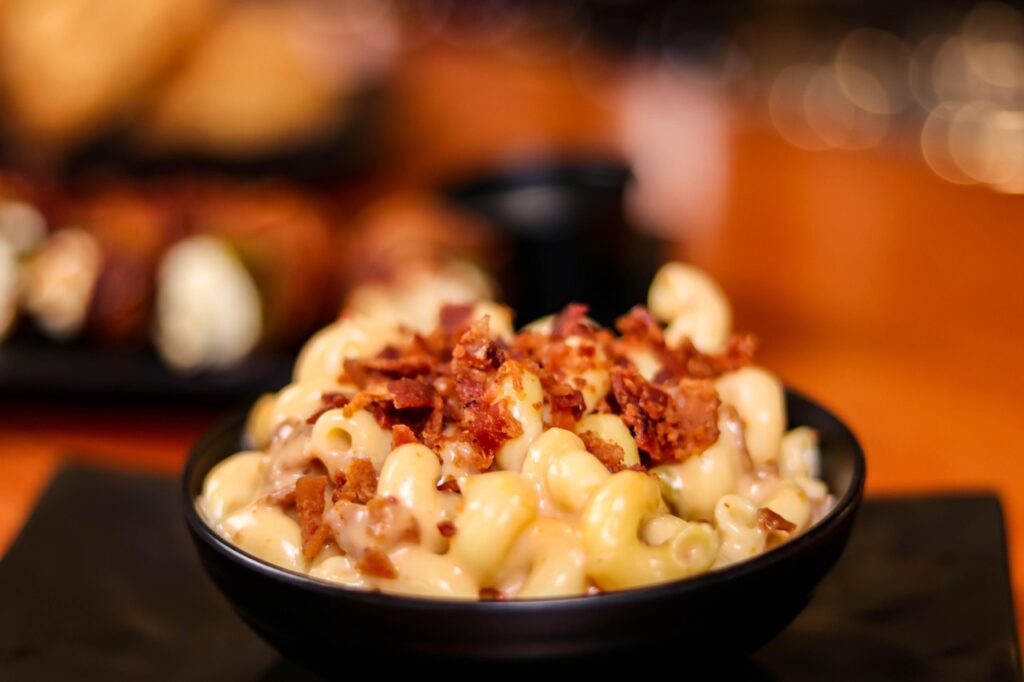
Baked pasta with cheese sauce was common in Italy and France long before America claimed it. Thomas Jefferson encountered it abroad in the late 1700s, arranged for pasta molds to be imported, and even served the dish at state dinners. But it wasn’t until later that macaroni and cheese became widely popular. With the invention of packaged versions in the 20th century, it cemented its role as an American comfort staple.
8. Ketchup

That ubiquitous bright red bottle on American tables has a global backstory. “Ketchup” derives from “ke-tsiap,” a fermented fish sauce from Southeast Asia. British traders adapted it in the 1700s by making mushroom or walnut-based versions. Americans transformed ketchup into the tomato-based, sweetened condiment we recognize today, popularized nationwide by Heinz. Though it feels distinctively American, ketchup stands as a truly global invention refined to suit U.S. palates and mealtime traditions.
9. Chili Con Carne
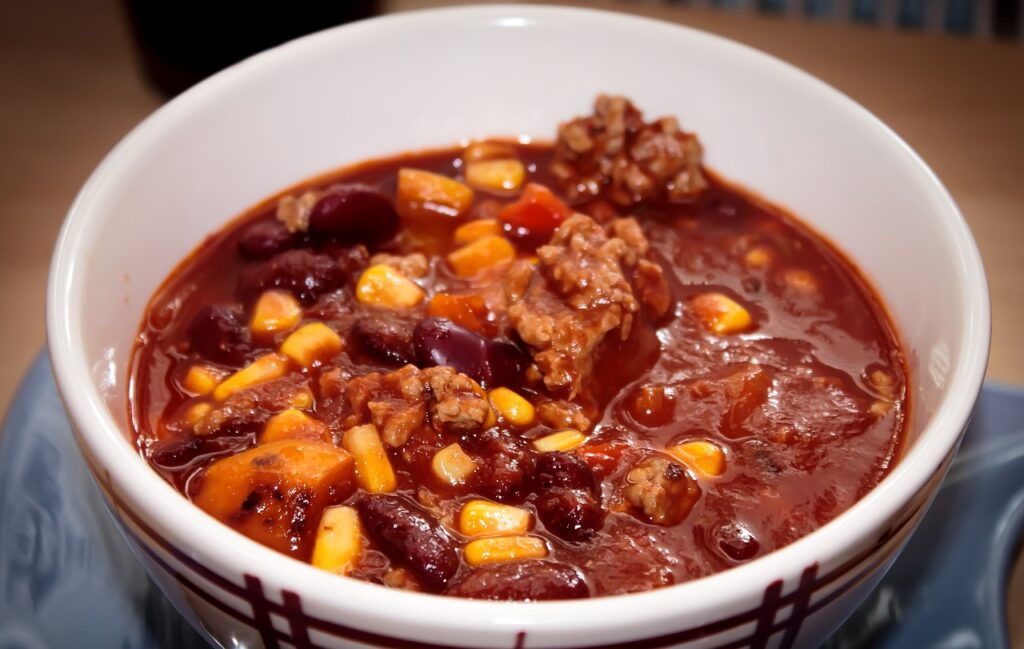
Chili con carne is often associated with Texas, but its roots tie to Mexican and Spanish cooking traditions that predate the U.S. Variations mixing chili peppers, meat, and spices were prepared in the borderlands before Texas popularized it. In the 19th century, it became a staple of San Antonio’s “chili queens” and spread through fairs and cook‑offs. Chili today is a hybrid creation: part Mexican, part Texan; that reflects America’s blend of regional influences.
10. Fortune Cookies
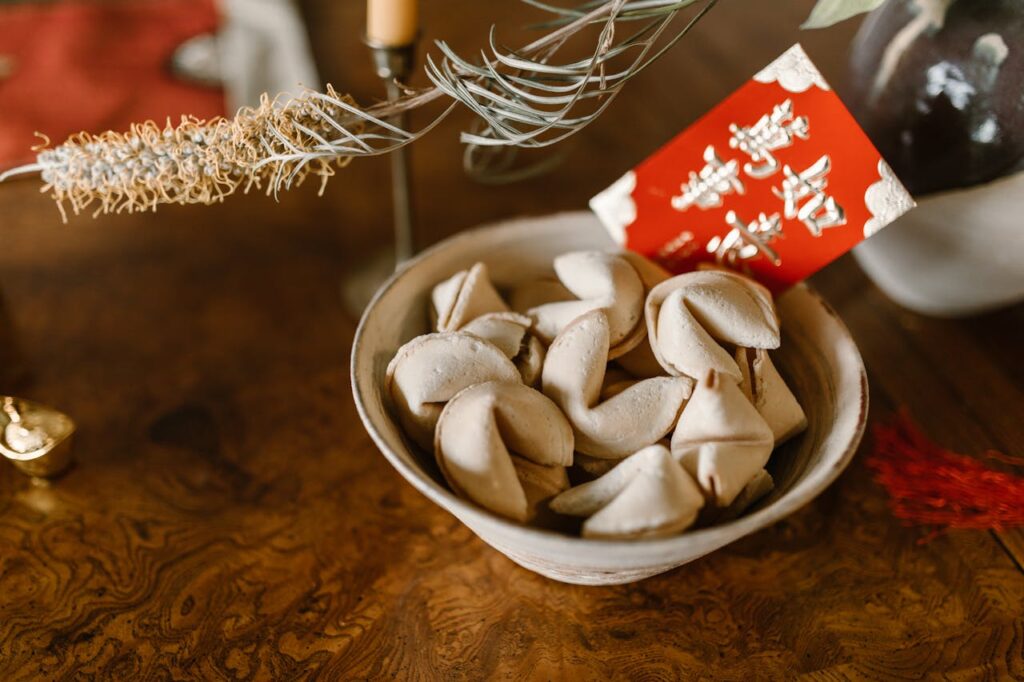
Fortune cookies, often assumed Chinese, actually trace back to Japanese tsujiura senbei (fortune‑filled crackers). Japanese immigrants in California introduced early versions at tea gardens in the early 1900s. Later, Chinese‑American restaurants adopted and popularized them, turning fortune cookies into a staple of U.S. takeout meals. Ironically, they are rarely eaten in China itself, making them more of an American tradition with East Asian ancestry than an authentically “Chinese” dessert.
11. Fried Chicken
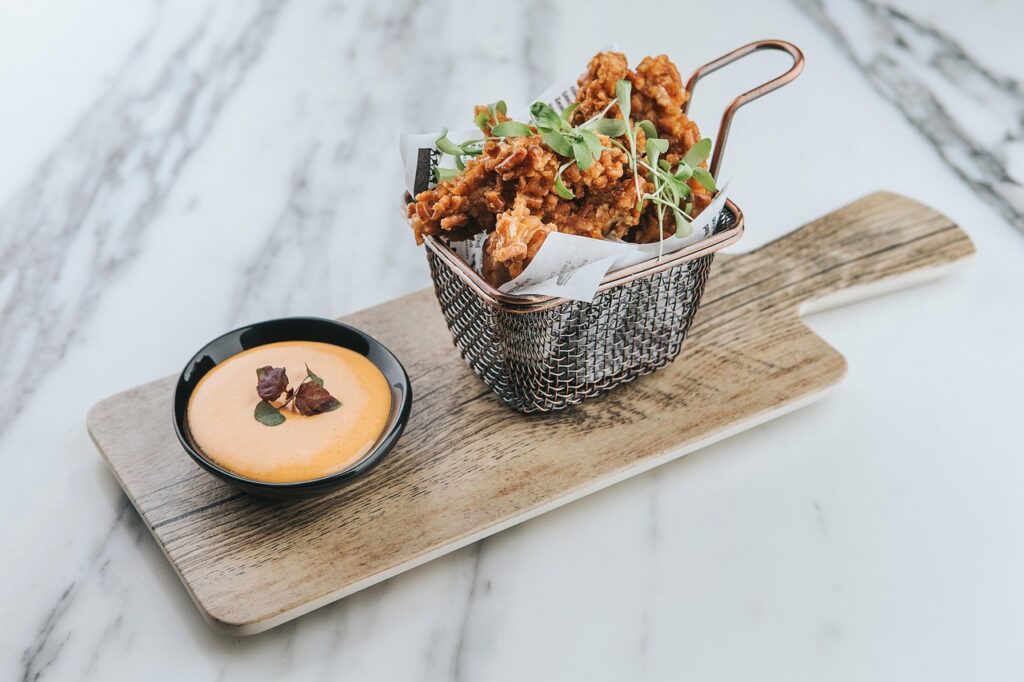
Southern fried chicken feels like a quintessential American dish, but its story spans continents. Scots pioneered frying chicken in fat, while West African cooks brought bold seasoning and techniques. Enslaved Africans blended these culinary heritages in the American South, resulting in the highly seasoned, crispy fried chicken we know today. It’s now a beloved symbol of Southern hospitality and comfort food nationwide. Fried chicken’s history honors cross-cultural melding and resilience, not just one nation’s invention.
12. Ice Cream

Ice cream feels like a summer American tradition, but frozen desserts date back centuries globally. China enjoyed flavored ice versions long ago, while Italians developed gelato. European aristocrats popularized the treat before it arrived in the United States. Founding fathers like George Washington and Thomas Jefferson enjoyed it. America’s innovation came in mass production and soda fountain culture, democratizing ice cream for everyone. Its origins are international, but America made ice cream a nationally cherished treat.
13. Bourbon Whiskey
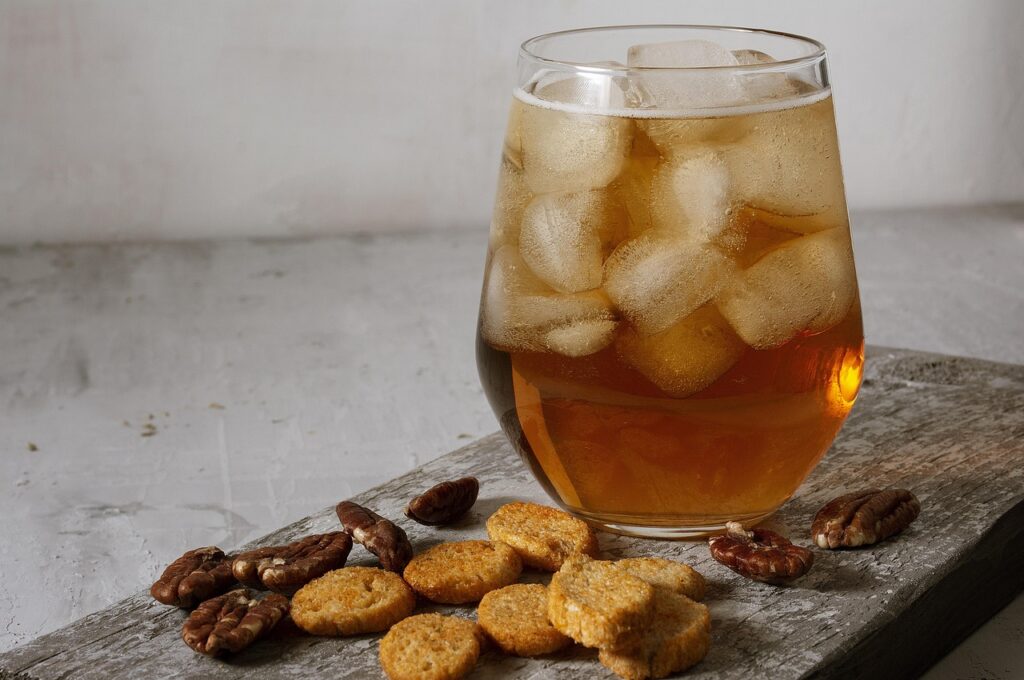
Bourbon is often called America’s native spirit, but it evolved from European distilling traditions brought by Scottish, Irish, and French settlers. What made bourbon unique was the use of local corn and charred oak barrels. Over time, it became legally recognized as a distinctly American spirit with specific production rules. While distillation craftsmanship came from abroad, bourbon’s flavor profile and identity are uniquely American, symbolizing how old-world knowledge adapted in a new land to create something special.



